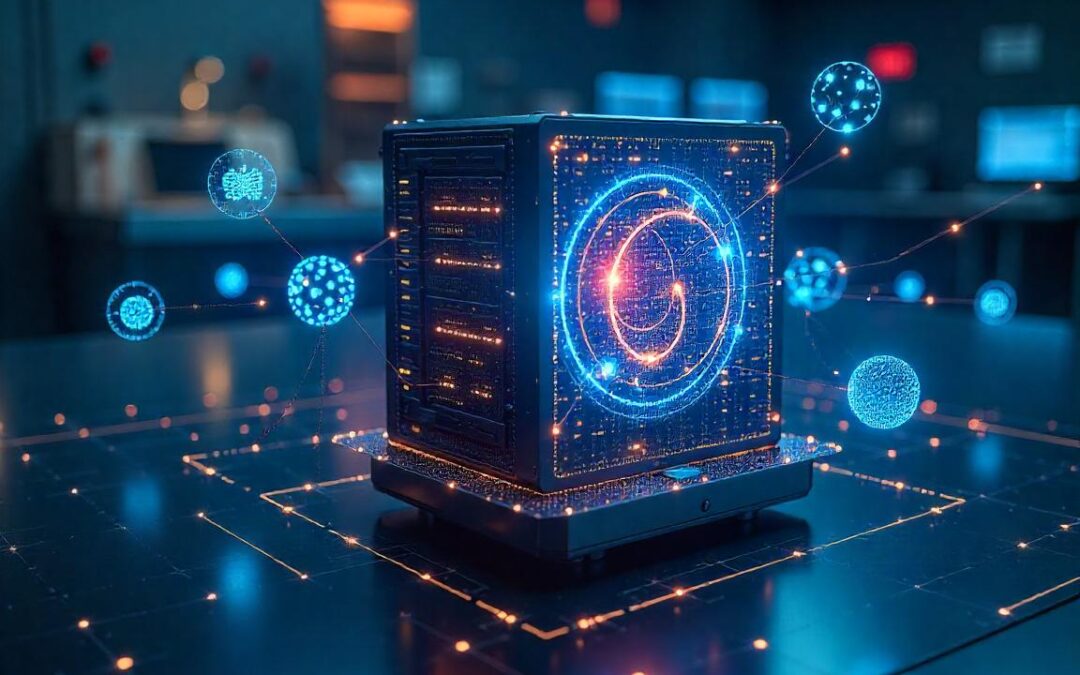
by Gargi Banerjee | Mar 17, 2025 | Artificial Intelligence (AI), Blockchain, Technology
The world of computing is on the verge of a significant transformation, thanks to the advent of quantum computing. A technological breakthrough that promises to reshape industries, redefine problem-solving, and exceed the limitations of traditional computing, quantum...
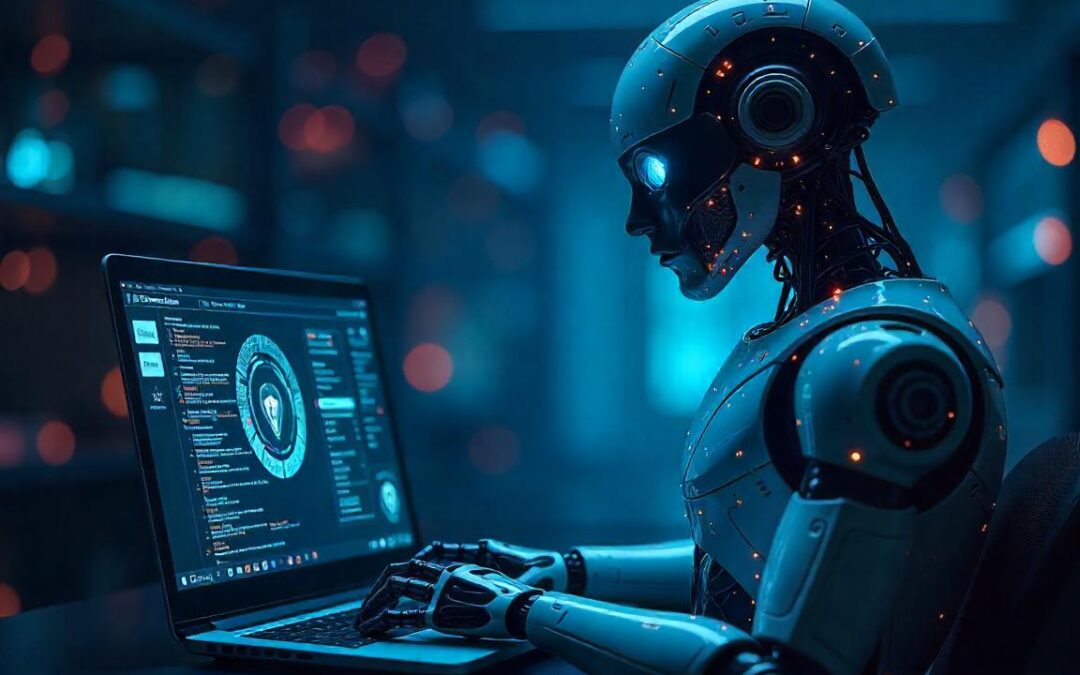
by Gargi Banerjee | Mar 13, 2025 | Artificial Intelligence (AI), Company, Technology, Website Design, Website Development
As we look ahead to 2025, the digital landscape continues to evolve, bringing new opportunities for innovation but also presenting greater cybersecurity challenges. With technology advancing at a rapid pace, cybercriminals are becoming more sophisticated, leveraging...
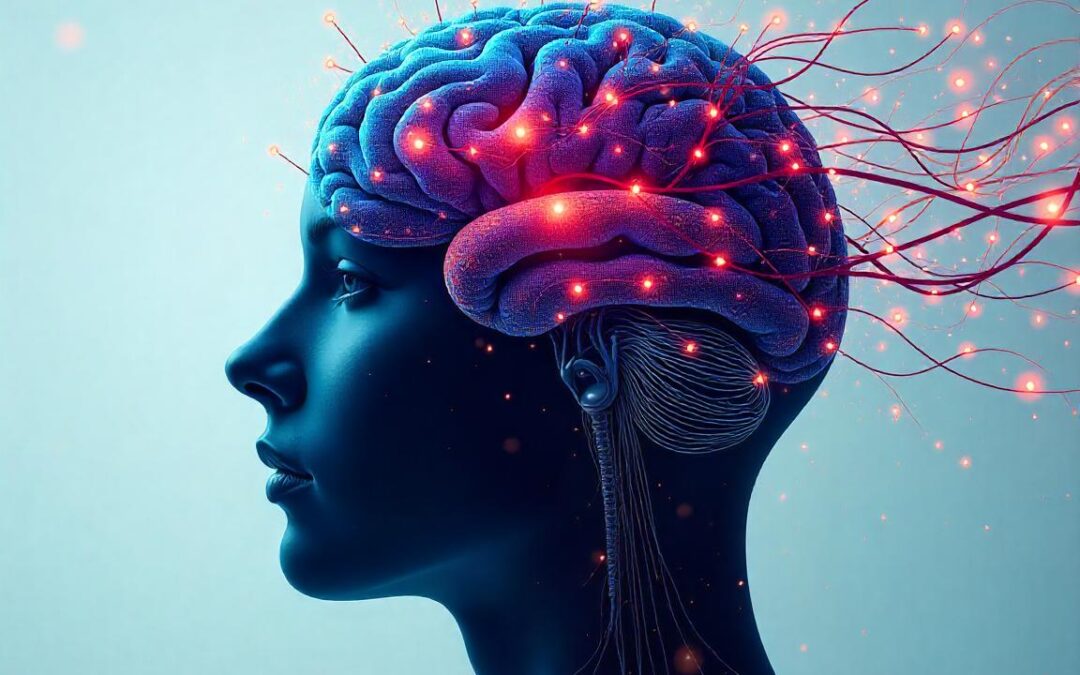
by Gargi Banerjee | Mar 11, 2025 | Artificial Intelligence (AI), Technology
In a world where technology constantly pushes boundaries, the line between human cognition and digital intelligence is blurring. Brain-Computer Interfaces (BCIs), once a concept confined to science fiction, are now a tangible reality, setting the stage for profound...
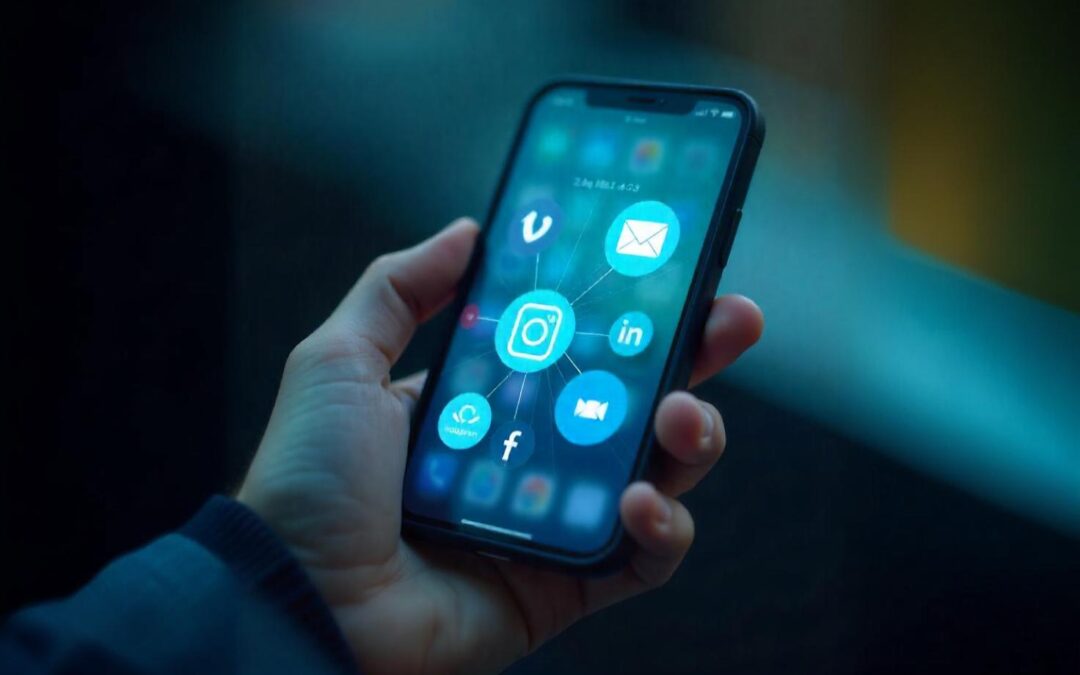
by Gargi Banerjee | Mar 5, 2025 | Business Outsourcing, Company
In today’s fast-paced digital world, businesses face a common challenge: delivering a consistent and seamless customer experience across multiple platforms. Enter omnichannel marketing. This strategy allows businesses to provide a unified and integrated...
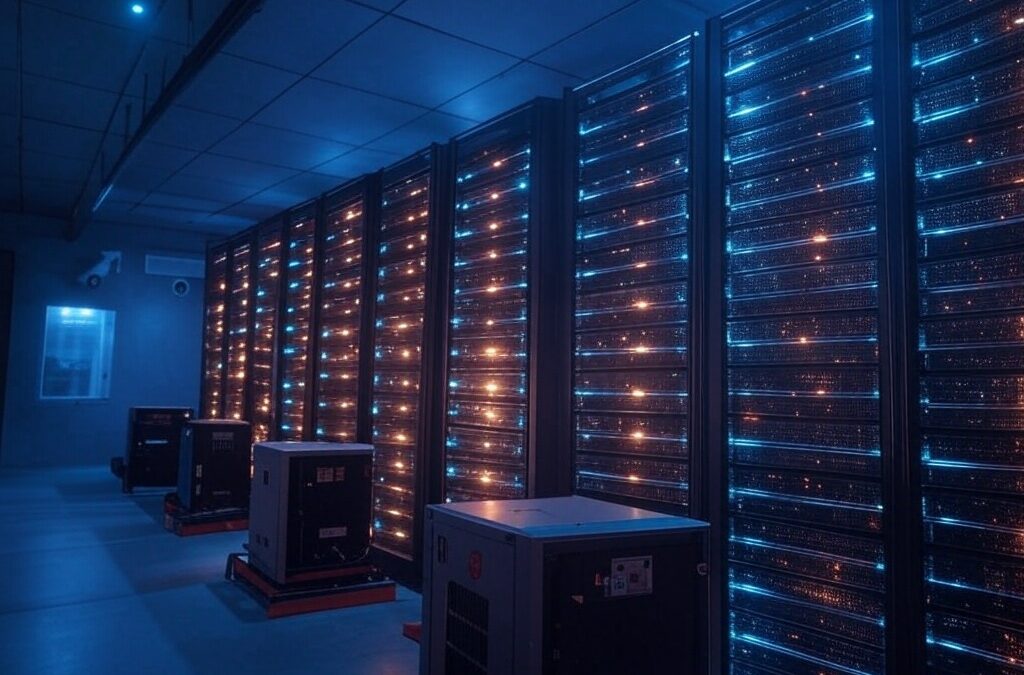
by Gargi Banerjee | Feb 25, 2025 | Company, Technology, Website Development
In today’s fast-paced, digitally driven world, the importance of resilient IT systems cannot be overstated. For many businesses, a minor disruption can result in lost revenue, diminished customer trust, and even permanent damage to the brand. As companies increasingly...





